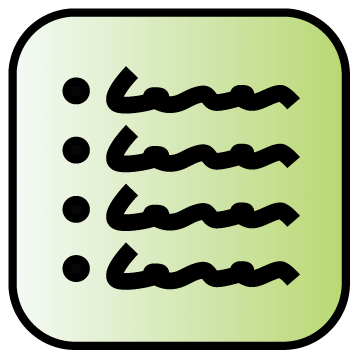Difference between revisions of "Promoters"
| Line 5: | Line 5: | ||
The registry has a large collection of promoters both unregulated and regulated. Most of our promoters are designed to be recognized by ''E. coli'' RNA polymerase but we also have several promtoers that are recognized by T7 RNA polymerase and other RNA polymerase holoenzymes. | The registry has a large collection of promoters both unregulated and regulated. Most of our promoters are designed to be recognized by ''E. coli'' RNA polymerase but we also have several promtoers that are recognized by T7 RNA polymerase and other RNA polymerase holoenzymes. | ||
| + | |||
| + | ===An input/output description of promoter function=== | ||
| + | A promoter can be conceptualized as a device that outputs a certain number of transcribing RNA polymerases per unit time. In that sense, a promoter might be thought of as a "source" or "generator" of transcriptional activity. Promoters can have different numbers of inputs. A constitutive promoter has no inputs. Technically, even a constitutive promoter has inputs, such as the level of free RNA polymerase, but we often assume that levels of free RNA polymerase are either unchanging, or are changing but are never the limiting factor in transcription initiation. The level of a repressor protein than negatively regulates a promoter might be considered an input to a promoter. | ||
{|width=800px | {|width=800px | ||
Revision as of 03:32, 6 October 2008
A promoter is a DNA sequence that tends to recruit transcriptional machinery and lead to transcription of the downstream DNA sequence. The specific sequence of the promoter determines the binding affinity of the transcriptional machinery for the promoter and how likely the transcriptional machinery is to initiate transcription after being recruited to the DNA. A "strong" promoter is one that leads to a high rate of transcription initiation, while a "weak" promoter leads to a low rate of transcription initiation.
In addition to sequences that "promote" transcription, a promoter may include additional sequences known as operators that control the strength of the promoter. For example, a promoter may include a binding site for a protein that either attracts or obstructs the transcriptional machinery from binding to the promoter. The presence or absence of the protein will affect the strength of the promoter. Such a promoter is known as a regulated promoter.
The registry has a large collection of promoters both unregulated and regulated. Most of our promoters are designed to be recognized by E. coli RNA polymerase but we also have several promtoers that are recognized by T7 RNA polymerase and other RNA polymerase holoenzymes.
An input/output description of promoter function
A promoter can be conceptualized as a device that outputs a certain number of transcribing RNA polymerases per unit time. In that sense, a promoter might be thought of as a "source" or "generator" of transcriptional activity. Promoters can have different numbers of inputs. A constitutive promoter has no inputs. Technically, even a constitutive promoter has inputs, such as the level of free RNA polymerase, but we often assume that levels of free RNA polymerase are either unchanging, or are changing but are never the limiting factor in transcription initiation. The level of a repressor protein than negatively regulates a promoter might be considered an input to a promoter.
| Catalog: Are you looking for a promoter to use? The registry has a collection of bacterial and phage promoters. | |
| Design: Are you interested in designing a new promoter or promoter family? Here are some guidelines to help you design and document new promoters. | |
| Help: A glossary, FAQ, and further reading on promoters. |
References
<biblio>
- pribnow pmid=1093168
- harley pmid=3550697
- lisser1 pmid=8479900
- lisser2 pmid=8055959
</biblio>


